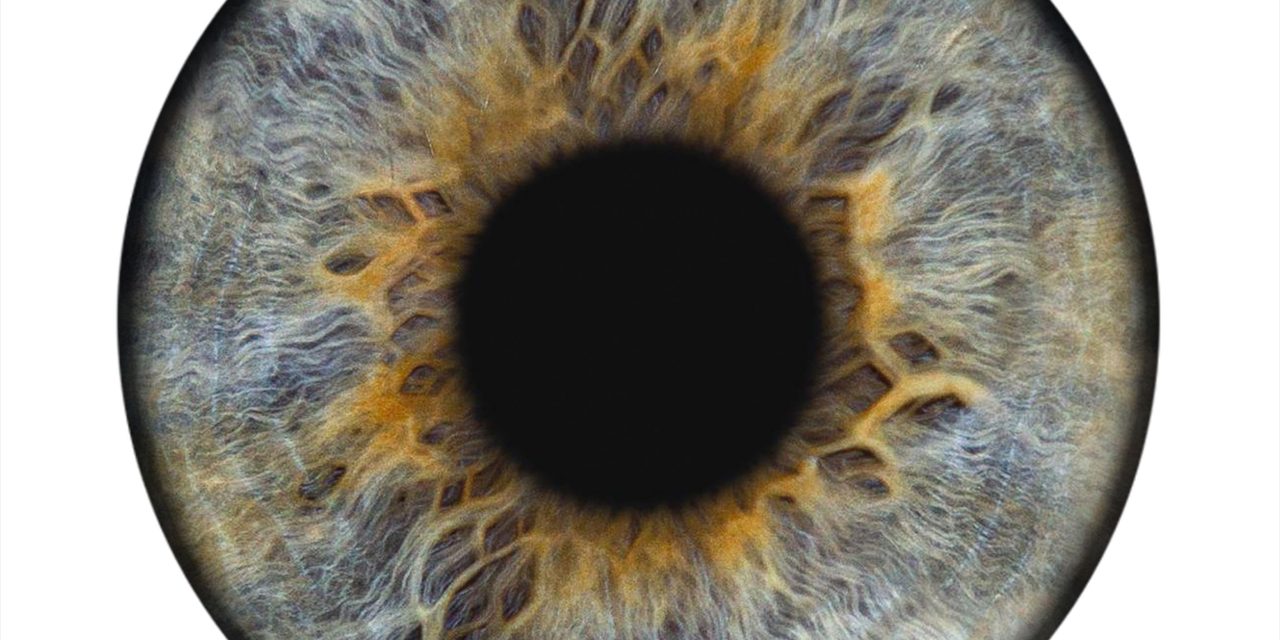Astigmatism is a highly prevalent refractive error and while studies typically focus to describe the axis symmetry between eyes, little is known about the refractive symmetry. Therefore, this study determined the astigmatic power symmetry between eyes in a large clinic population.
A clinical chart review was conducted at three optometric practices in the United States, the United Kingdom and Canada and subjective refraction data from 88,891 patients 14-70 years of age who presented with at least -0.25DC refractive astigmatism in at least one eye were included in the analysis. Data were obtained at these practices between January 2014 and March 2017. The overall distribution (%) and magnitude (DC) of astigmatism was determined and refractive differences between eyes were identified.
The mean age of the patients was 42.1 ± 15.9 years and included 51,685 (58%) female and 37,206 (42%) male patients. In this data pool of 177,782 eyes, 10.9% required zero astigmatic correction, while 56.2% had astigmatism of -0.25 to -0.75DC. In total 23.9% of patients presented with astigmatism of at least -0.75DC in only one eye, while the other eye had 0 to -0.50DC. Overall, the difference in astigmatism between eyes was less than -0.75DC for 82.1% of astigmatic patients. For patients who presented with astigmatism of -1.00DC in the right eye, 80.8% of them had an astigmatic prescription of -1.00 ± 0.50DC in the left eye. For an astigmatic prescription of -4.00DC in the right eye, only 40.6% of patients exhibited astigmatism of -4.00DC ± 0.50DC in the left eye.
The majority of patients exhibited a difference in astigmatism between eyes of less than -0.75DC, however the refractive cylinder power symmetry was significantly lower in patients with higher refractive astigmatism.
Copyright © 2021 British Contact Lens Association. Published by Elsevier Ltd. All rights reserved.
Magnitude of astigmatism – A comparison between eyes.


